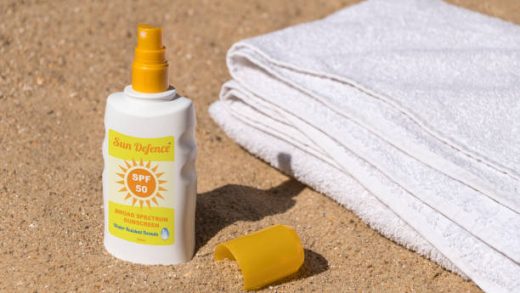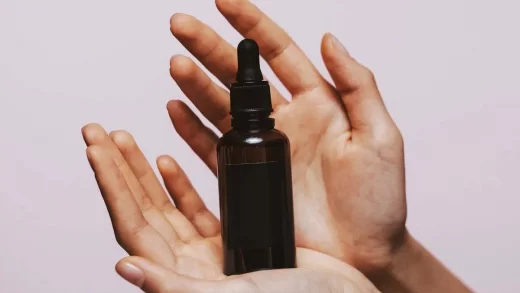Lip fillers are injections that give lips a fuller, plumper appearance. These are also known as dermal fillers.
The Food and Drug Administration (FDA), Trusted Source has approved four types of dermal fillers:
- Hyaluronic acid
- Calcium hydroxylapatite
- poly-L-lactic Acid (PLLA).
- Polymethylmethacrylate (PMMA) beads suspended in bovine (cow) collagen.
Sometimes, esthetic professionals may use lip Botox to achieve a similar effect. However, it’s not considered a dermal Filler.
The procedure is quick and minimally invasive. The filler isn’t permanent; you must have future injections to keep the lips full.
Although you may experience some swelling, tenderness, or bruising following the procedure, it is normal.
It is easy to manage aftercare for lip fillers. Knowing what to expect after treatment is helpful if you are unsure if the procedure is correct.
Lip filler aftercare
- According to a 2015 review trusted source, bruising may occur at the injection site. Before using these products, it is a good idea that you consult your healthcare professional.
- After applying ice to your lips, use an ice pack (or an ice cube covered with a thin cloth) to ensure that it doesn’t stick to the lips and cause pain. This will reduce swelling, itching, bruising, or any other discomfort.
- After receiving lip or other dermal fillers, you should avoid strenuous exercise for at least 24 hours. Exercise can increase blood pressure and heartbeat, which could make the swelling and bruising worse. Walking is an acceptable activity.
- Keep hydrated. Your body will heal if you drink plenty of water.
- Take hydrating fruits and veggies. Avoid excess sodium, as it can worsen swelling.
- For 48 hours following treatment, avoid high temperatures such as saunas and steam rooms. Swelling can be made more severe by high heat.
- Ask your doctor what pain medication you can take within the next few days. Tylenol is fine. Blood-thinning medicines like aspirin or ibuprofen will not be accepted.
- It would allow enough time between your procedure and the event for your lips to heal correctly.
- To reduce swelling, you should sleep with your head up on pillows. Avoid sleeping on your back.
- For up to 24 hours, avoid applying makeup to your lips.
What to Avoid during Lip Filler Aftercare
- These are some other things that your doctor may recommend you avoid after your lip-filler procedure.
Avoid alcohol
- You should avoid alcohol for 24 hours after receiving lip fillers. Alcohol can act as a blood thinner. Inflammation, increased risk of bruising, and worsening swelling can all be caused by alcohol.
- It is also a good idea not to drink alcohol for a few days before your appointment.
Fly!
- Most likely, your doctor will recommend waiting at least seven days after treatment before you fly. Because of the high pressure inside a plane, swelling and bruising can get worse.
Lip filler side effects
- Lip fillers can cause side effects lasting for hours, days, or weeks. They usually disappear within a few hours but can occasionally occur weeks, months, or even years later, according to the FDATrustedSource.
- These side effects include:
-
- bruising
- Itching
- Swelling
- Tenderness and pain
- redness
- Rash
- Some people might experience more severe complications. These cases should be referred to a healthcare professional. Continue reading.
How to visit a doctor
- Minor side effects such as redness and swelling are common. However, you should consult a healthcare professional immediately if you have any complications.
Tense swelling or bruising
- Consult your doctor if you have severe bruising and swelling that lasts more than one week. Although it is rare, allergies and reactions can occur.
Vascular occlusion
- Vascular occlusion occurs when the filler is injected into an artery or around it, which reduces or stops blood flow. Without an adequate blood supply, the surrounding tissue and skin will die.
- Vascular occlusion can be characterized by severe, immediate pain and changes in skin color. These may look like white spots or brown blotches.
- You should also be aware that it may take some time for the pain to subside as most fillers contain lidocaine, an anesthetic. After the injection, the pain can subside for several hours.



